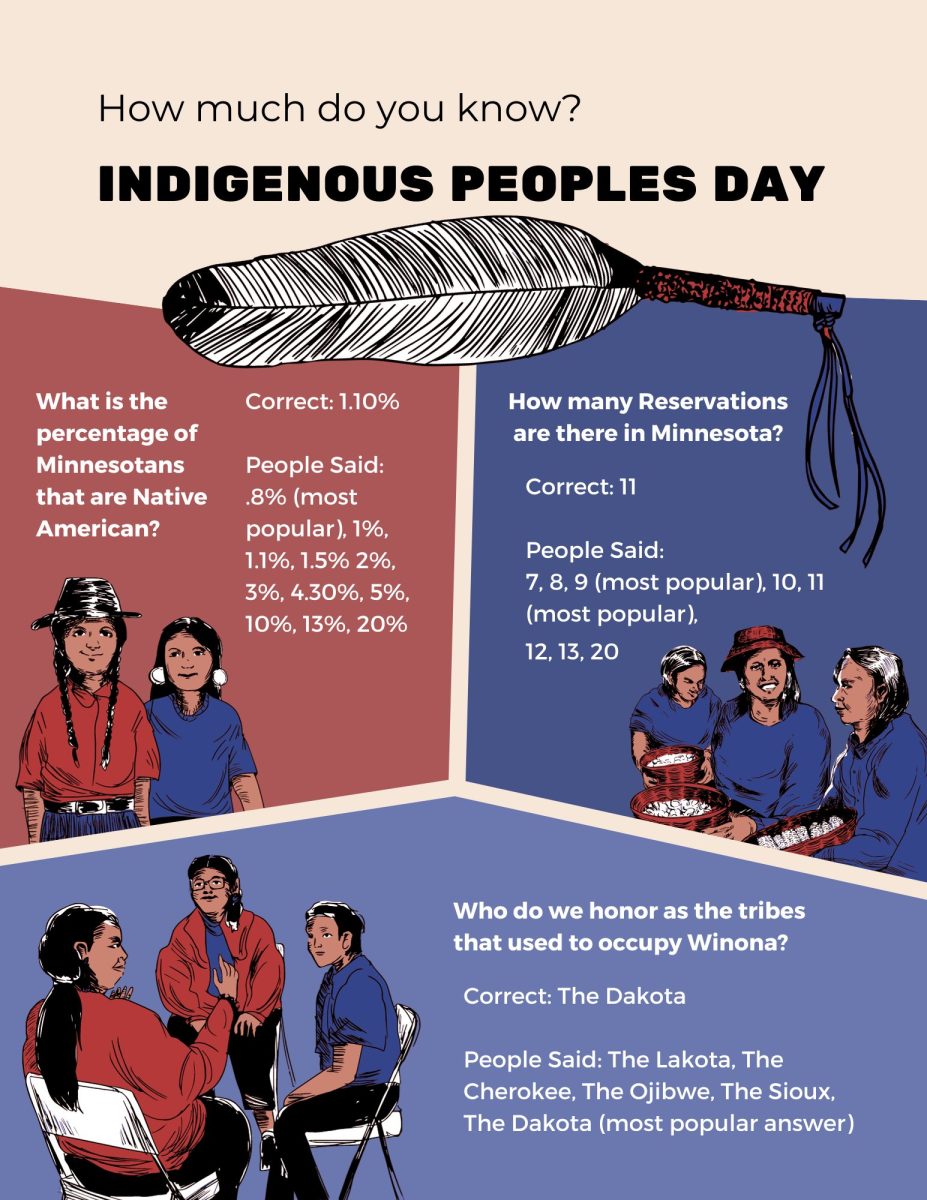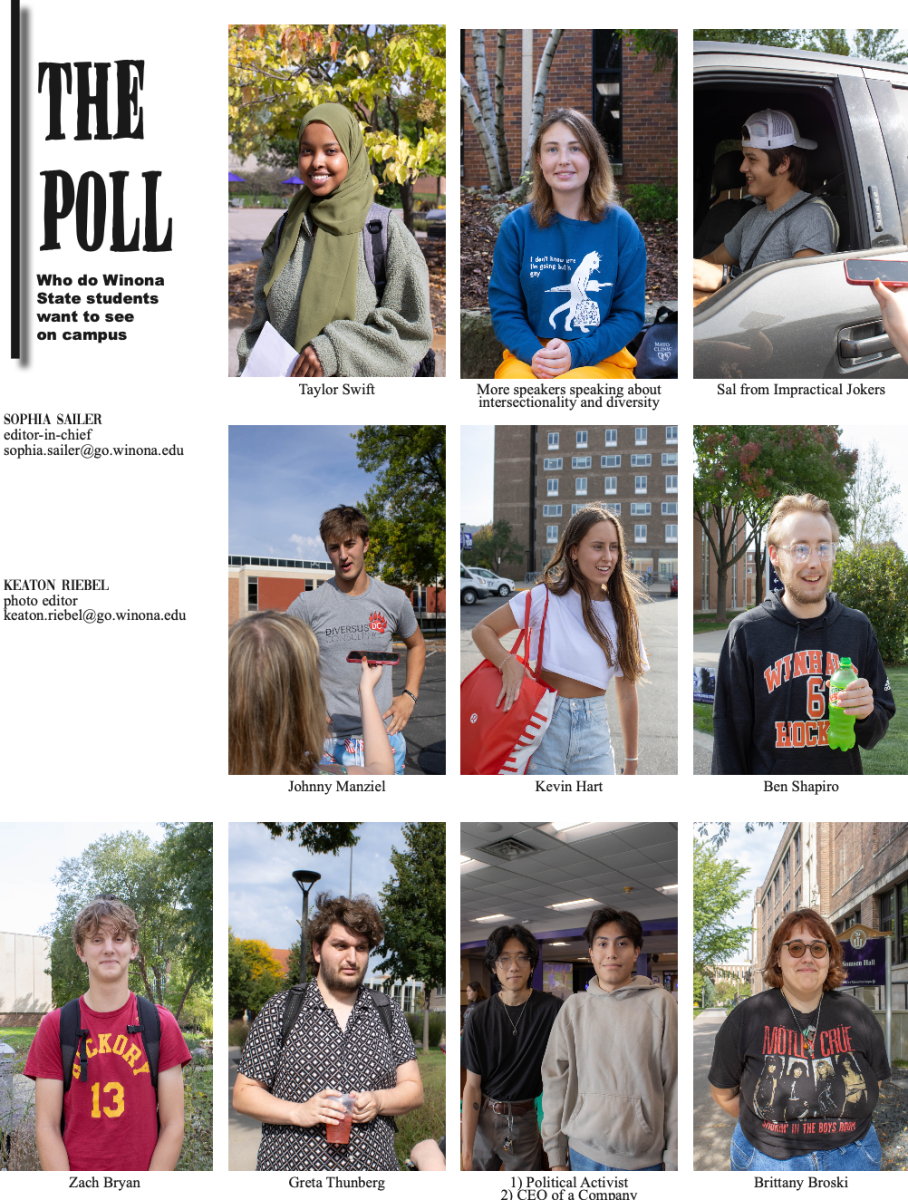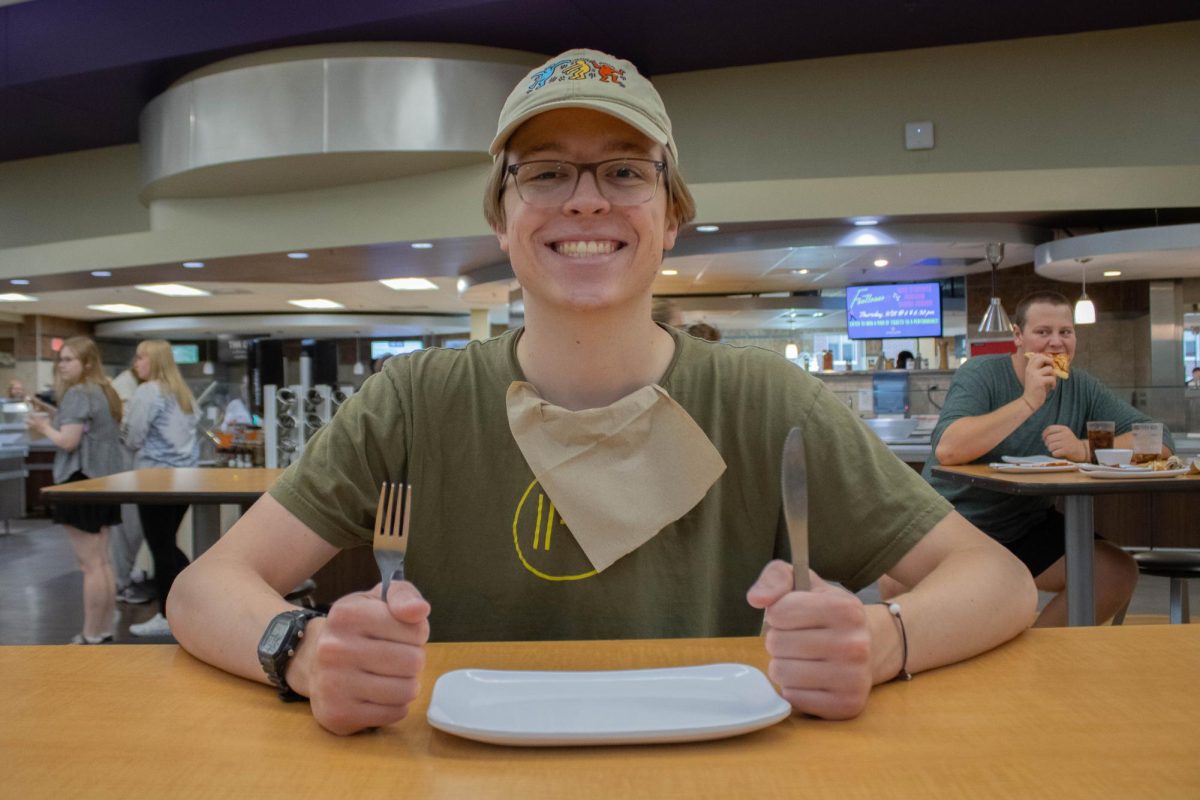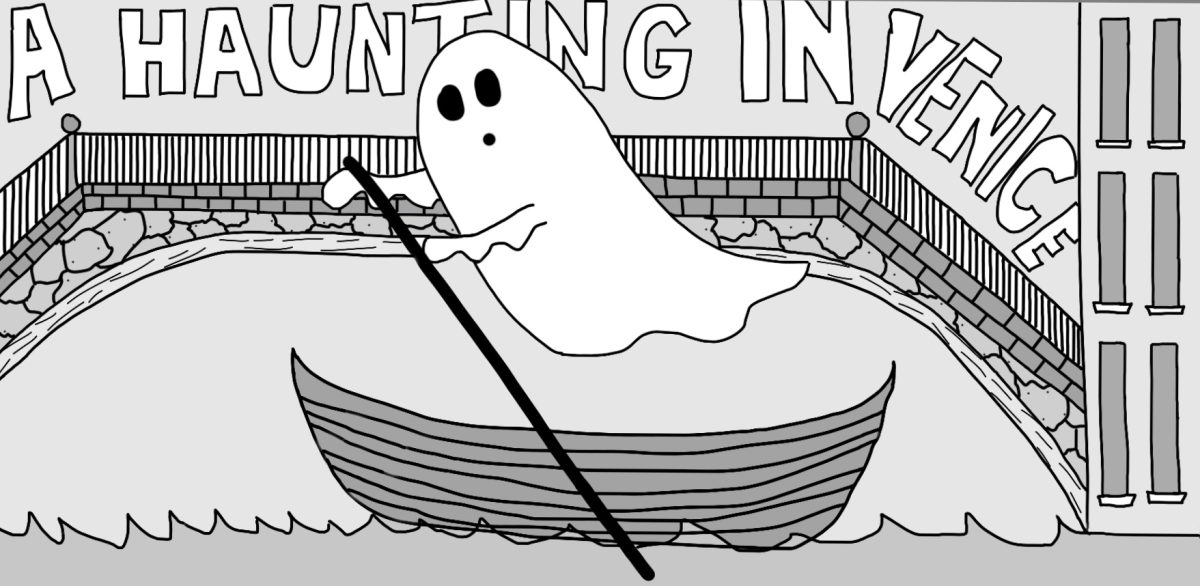I commend the staff of the Winonan for highlighting rail safety in a full-page article in the September 7, 2016 issue. Rail safety is particularly important for WSU students because the university has a main and west campus, and main campus facilities have been built on both sides of the railroad tracks that traverse the city. Consequently, students are frequently required to cross railroad tracks. Operation Lifesaver’s core mission is to educate drivers and pedestrians to make safe choices near tracks and trains.
On Thursday, Sept. 15, from 10 a.m. to 2 p.m., the Minnesota coordinator for Operation Lifesaver and I will have an information table in the Lower Hyphen of Kryzsko. We invite students, staff, faculty and friends to stop by and talk to us. You will have an opportunity to win prizes by answering a question about rail safety!
Let me also provide a few clarifications on information in the Winonan article:
The railroad tracks near WSU are not owned by the university, the city or the state. They are private property.
If you walk along the tracks or use them as a path or shortcut, you are trespassing and putting yourself in danger. Please note that the average train overhangs the track by at least three feet on each side.
Do not assume that a locomotive engineer will be able to stop a train once he/she sees a vehicle or person on the track ahead.
The stopping distance of a vehicle depends not only on its speed, but on its weight. If an automobile, a school bus, a tractor-trailer and a freight train are all traveling at 55 mph, the approximate stopping distances would be:
automobile200 feet
school bus230 feet
tractor-trailer300 feet
freight train5,280 feet
Trains can run on any track, at any time, in either direction. Once a train clears a grade crossing, you should not cross the tracks until the gates are up and the lights have stopped flashing. There might be a second train!
There are many things that can distract us. Pay attention to your surroundings when you cross tracks at designated crossings. Do not wear headphones, blast music in your vehicle, or text.
Never try to beat a train to the crossing. No event is worth risking your life (When you need to cross tracks to get to a class or meeting, allow extra time in case there is a train).
Many thanks to Sara Tiradossi and the editors of the Winonan for their efforts to share the rail safety message at WSU. I sincerely hope that everyone who reads the article and this letter will discuss rail safety with friends, colleagues, and family members. Let’s continue this important safety conversation!
Jeanine Black
Operation Lifesaver Authorized Volunteer and WSU Adjunct Professor of French













































